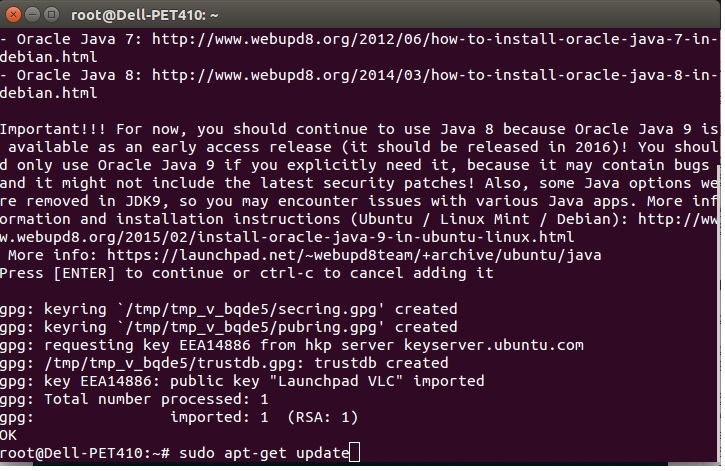
tar.gz file by executing the command bellow : On each node, extract the software and remove the. Make sure to repeat this step for every node.

On each node, execute the following command : If you want to choose the version 2.4.0, you need to be careful! Some software (like Apache Zeppelin) don’t match this version yet (End of 2018).įrom Apache Spark’s website, download the tgz file :
How to install apache spark in ubuntu how to#
If you don’t remenber how to do that, you can check the last section ofįor the sake of stability, I chose to install version 2.3.2. Make sure an SSH connection is established. Connect via SSH on every node except the node named Zookeeper : Java should be pre-installed on the machines on which we have to run Spark job.

Standalone mode is good to go for developing applications in Spark. Both driver and worker nodes run on the same machine. This is the simplest way to deploy Spark on a private cluster. Along with that, it can be configured in standalone mode.įor this tutorial, I choose to deploy Spark in Standalone Mode. Spark can be configured with multiple cluster managers like YARN, Mesos, etc. The goal of this final tutorial is to configure Apache-Spark on your instances and make them communicate with your Apache-Cassandra Cluster with full resilience.

This tutorial will be divided into 5 sections. The “election” of the primary master is handled by Zookeeper. We’ll go through a standard configuration which allows the elected Master to spread its jobs on Worker nodes. This topic will help you install Apache-Spark on your AWS EC2 cluster. Add dependencies to connect Spark and Cassandra


 0 kommentar(er)
0 kommentar(er)
